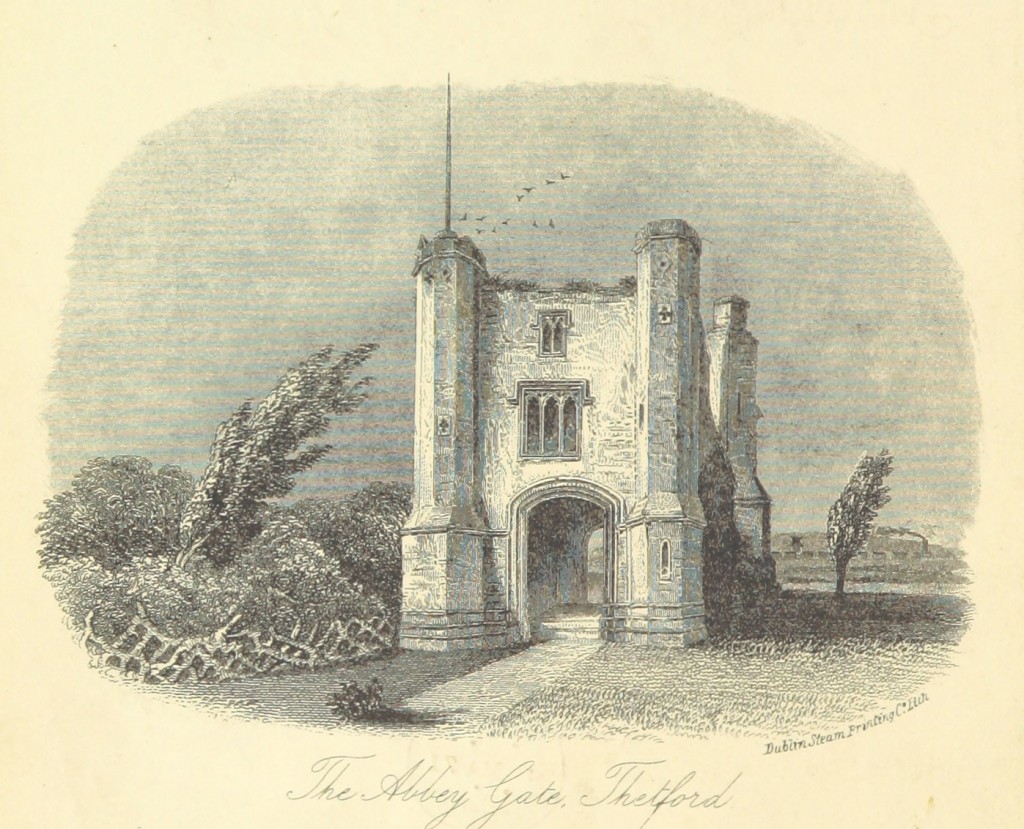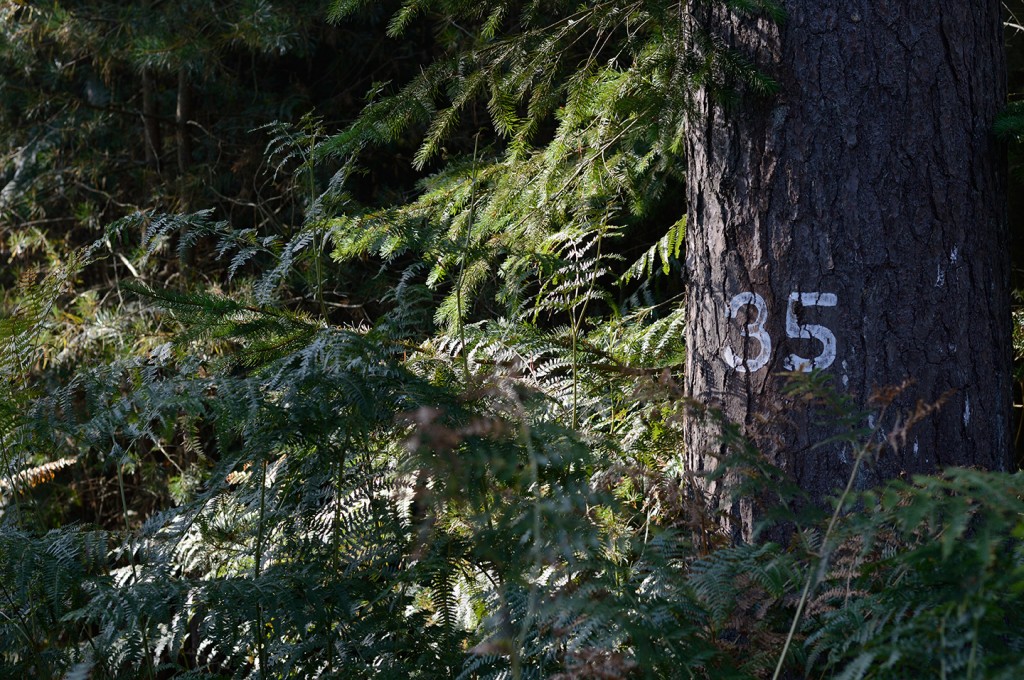Thetford Forest is the first of four locations that Living Symphonies will be taking place. We have spent a great deal of time there over the past few months. Aside from the ecological surveying that we have been doing, we have also been building up a quite detailed knowledge of its local history.
Although less than one hundred years old, Thetford Forest is one of the largest man-made forests in Britain, named after the Norfolk market town of Thetford.
“Thetford lies at the heart if not at the centre of Breckland. It was probably founded c.870 AD as a guard post, where the prehistoric Icknield Way crosses the river Thet, and contains the remains of a Norman castle built on an earlier Iron Age fort. It was of great importance during the late Saxon/early Norman periods, being the seat of the East Anglian bishopric before Norwich Cathedral was built, and was one of the largest towns recorded in Domesday Book. It was of industrial, military and ecclesiastical importance until the 12th century when a long, slow decline began which has only recently been halted by the town’s growth as a settlement for London overspill.” [1. Natural England, Breckland]
The existing forest covers part of Breckland, a large landscape region of Eastern England renowned for its arid soil. Geographically, the ‘Brecks’ span 292 square miles of Norfolk and Suffolk, and can be found to the south west of the network of navigable rivers and lakes that makes up the ‘Broads’, and to the south east of the ‘Fens’, an area of fertile marsh land.
In ancient times, this area would have been sandy open heathland, but with the proliferation of flint mining in the neolithic era (beginning c.3000 BC) the landscape changed, as mining excavations removed vegetation and the landscape became dusty with sand blown in from the North sea. There are still traces of these early flint mines within the forest; the evocatively named “Grime’s Graves” is a great example, with one mine shaft still open to public view.
Over the bronze age and the iron age, the area was mostly owned and controlled by the ecclesiastical community, with rabbits and game captured and sold to the aristocracy. Some buildings remain from this time, including the nearby Warren Lodge, erected by the priory of Thetford (c.1400) to afford protection from armed poachers and housing for hunting parties and warreners. With the reign of Henry VIII came the dissolution of the monasteries (c.1530), leading to the closure of Thetford priory in 1540, after which time the ownership of the lands passed to the Duke of Norfolk. As the agricultural revolution occurred across Britain from the 15th century onwards, the use of the land for large-scale rabbit warrening and sheep grazing was increased.
There were over twenty warrens in Breckland by the eighteenth century and they sustained an industry that included two fur-processing factories at Brandon and short-lived premises in Thetford and Swaffham. The annual cull on many of the warrens ran to over 20,000 animals, with the meat being sent up to London and to the Cambridge colleges, as well as to markets locally. The fur was despatched to Luton, for use in the hat industry, but also to Europe and as far afield as South America. There was even a trade in rabbit skins and fur to the Baltic as early as the 1390s. [2. The Warrens of Breckland – A Survey, p8. Authored by the Breckland Society.]
In the late 18th century, it became common for local farmers to extract pockets of marl from the area, a lime-rich mud used to raise the alkalinity of their soil and improve crop yield. We came across a number of these dug-out marl pits as we explored the forest, and they exhibit a remarkably rich ecology, the direct result of their man-made topology.
The forest that we see today was planted in the 1920s, a result of the British government struggling to cope with short the supplies of timber and wood from decades of unsustainable commercial and military usage (in particular the Napoleonic War, American Civil War and World War One). Indeed, the Forestry Commission as an organisation was set up in 1919 with the specific aim of dealing with the severe shortage of wood that Britain faced. The commission decided that this area of land was perfect for creating a large sustainable forest and they achieved this by buying the land from the old estates that owned it – the land was actually acquired relatively cheaply due to the poor quality of the land for farming, and the changing nature of society at this time. Hints of the dividing lines between areas of forest that belonged to these different estates still exist, with avenues of older trees still visible in some places.
The newly planted forest was planned around a series of track ways and rectilinear “compartments”, governed since planting by two basic methods. The first is clear-fell: planting the trees in the ground, waiting till they are 50-60 years old, and then chopping them down and replanting. The second is continuous cover, wherein the trees are selectively harvested — say, one tree in five. The timber is removed and natural regeneration is allowed to continue underneath.
Since the 1970s, the priorities of the Forestry Commission have changed with the times, with a newfound emphasis on biodiversity and the ever-increasing popularity of outdoor recreation and family activities. Thetford has gone from being a solely timber producing forest to deriving around half of its income from recreational activities (play areas, mountain biking, nature walks).
With gratitude to Holly Berwick, Neal Armour-Chelu and Rufus the Hungarian Viszla.
Further Information
BBC Radio Norfolk – History of Thetford Forest (Audio slideshow)
Dymond, D (1990), The Norfolk Landscape, Alastair Press, Suffolk.




